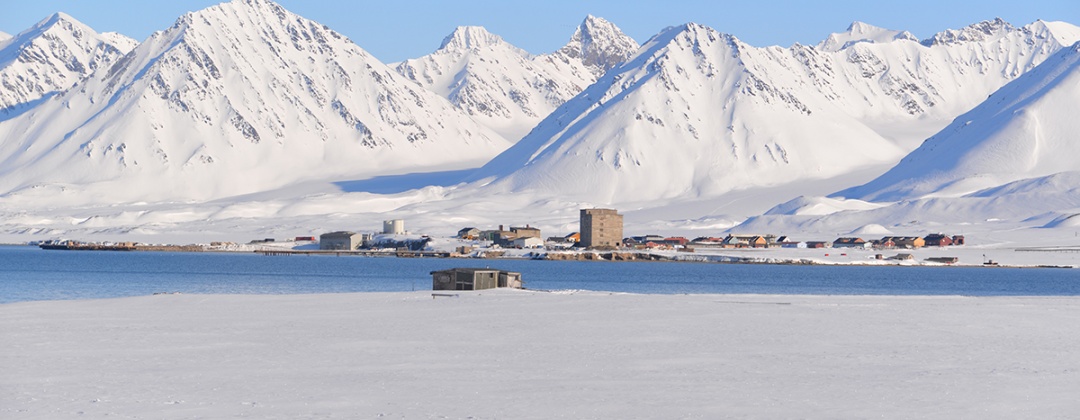-
Topics
- Agriculture
- Archaeology
- Arts & Culture
- Astronomy
- Atmospheric science
- Biodiversity
- Climate Science
- Community Engagement
- Cyber Security
- Digital Humanities
- Disaster Warning
- e-Governance
- Earth Observation
- Education
- Energy
- Environment
- Food Security
- Genomics
- Health & Medicine
- Knowledge Exchange
- Life Sciences
- Meteorology
- Neuroscience
- Open Science
- Other
- Particle Physics
- Society
- Space
- Sports science
- Technology
- Water management

Broadband connection for the world’s northernmost research community
Ny-Ålesund, located on the Norwegian archipelago of Svalbard, is a unique research location. Geographically situated in the Arctic it is especially suited for geodetic observation, and more than 20 countries are present in Ny-Ålesund, operating their own research facilities. Now the most northerly fibre optic cable system in the world has been installed to ensure that the massive amounts of data produced there can be transferred ”live” to global research networks.
Ny-Ålesund has become one of the world’s most important reference points in the so-called VLBI network. The VLBI network of observatories, supported by The United Nations, is mapping movements in the earth’s crust, earth rotation, and the earth’s precise position in space. The data collected are also important for climate surveillance, and the basis for satellite positioning systems like GPS and Galileo.
More and more data
The technology in this field has developed enormously in recent years and is delivering continuously more precise data. But there have been problems transferring the enormous amounts of data from Ny-Ålesund to the global VLBI network. Up until now the researchers have transferred data through a radio link from Ny-Ålesund to Longyearbyen, the main town on Svalbard. The largest data sets have been transferred to disc and sent by plane.
But now UNINETT, the organisation that develops and operates the Norwegian national research and education network, has replaced the radio link with subsea fiber optic cables, delivering broadband connection for the world’s northernmost research community.
This, the most northerly fiber optic cable system in the world, was officially opened in June 2015. The infrastructure is opening up new possibilities for researchers in Ny-Ålesund.
New antenna systems
The Norwegian mapping authority is building a new geodetic observatory at Ny-Ålesund. The new generation of antenna systems produce around 10 gigabit per second, and in the future even larger amounts of data will need to be transferred ”live” to a VLBI centre in Germany.
UNINETT has worked on the project for five years, with engineering through the short Arctic summer and planning through the long winter periods.
The geography of Svalbard has posed some challenges for the project. Fishing resources, environmental concerns and cultural heritage sites have all been factors to consider when planning the 270 km cable route. The cables were dug 2 meters down in the seabed to avoid damage from trawlers and icebergs.
A curiosity is that mobile phones and wifi is prohibited in Ny-Ålesund, so as not to influence on the measurements. Furthermore, due to the wildlife on Svalbard, you are only allowed to go outside if you are carrying a rifle.
For more information please contact our contributor(s):


